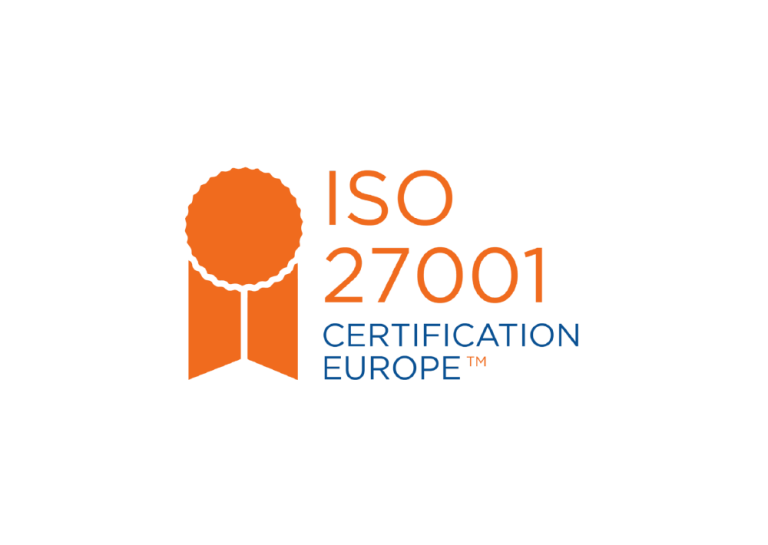Part 5: Incident Response in AWS
In the event your organisation suffers a data breach or a security incident, it’s crucial to be prepared and conduct timely investigations. Preparation involves having a plan or playbook at hand, along with pre-provisioned tools to effectively respond to and mitigate the potential impact of security incidents. These response measures are more effective when regularly tested, such as by running incident response simulation exercises.
This post relates to incident response in the AWS Cloud. It’s the last in a five-part series that provides a checklist for proactive security and forensic readiness in the AWS Cloud environment.
Incident Response
NIST defines a security incident as “an occurrence that actually or potentially jeopardises the confidentiality, integrity, or availability of an information system or the information the system processes, stores, or transmits or that constitutes a violation or imminent threat of violation of security policies, security procedures, or acceptable use policies”. The figure below outlines the typical phases of an incident response lifecycle.

Figure 1: Incident response life cycle. [Source: Computer Security Incident Handling Guide]
Incident Response in AWS Cloud
Incident response in the cloud is not very different from in the traditional on-premise environment. In fact, there are several tools in the AWS cloud environment you can use to help the incident response process, such as AWS CloudTrail, Amazon CloudWatch, AWS Config, AWS CloudFormation, AWS Step Functions, etc. These tools enable you to track, monitor, analyse, and audit events.
Audit logs are treasure troves and are indispensable during investigations. AWS provides detailed audit logs that record important events such as file access and modification. Events can be automatically processed and trigger tools that automate responses through the use of AWS APIs. You can pre-provision tooling and a “clean room” which allows you to carry out forensics in a safe, isolated environment.

Figure 2: EC2 Auto Clean Room Forensics using Lambda, Step Functions, Cloud Formation and SNS Topic. [Source: Automating Incident Response and Forensics in AWS – AWS Summit Sydney 2018]
The following list provides guidance on having an appropriate incident response strategy in place, estimating the impact of incidents in the AWS environment, AWS tools to prepare in advance for incident handling, responding to AWS abuse warnings, containing compromised EC2 instance and wiping information post investigation.
The checklist provides best practice for the following:
- How will you ensure that you have an appropriate incident response strategy in place?
- What AWS tools should you use to prepare in advance for incident handling?
- How will you respond to AWS abuse warnings?
- How will you isolate and restrict user access to a compromised Amazon EC2 instance?
- How will you ensure sensitive information is wiped post investigation?
Best-practice checklist
|
1. How will you ensure you have an appropriate incident response strategy in place?
|
|
|
2. What AWS tools should you use to prepare in advance for incident handling?
|
|
|
3. How will you respond to AWS abuse warnings?
|
|
|
4. How will you isolate and restrict user access to a compromised Amazon EC2 instance?
|
|
|
5. How will you ensure sensitive information is wiped post investigation?
|
|
For more details, refer to the following AWS resources:
- AWS Well-Architected Framework
- AWS Security Pillar
- AWS Security Best Practices
- What is Amazon CloudWatch Logs?
- Automating Incident Response and Forensics in AWS – AWS Summit Sydney 2018
- aws-security-automation (GitHub repository of tools)
- NIST Computer Security Incident Handling Guide
Go back to the introduction AWS Cloud: Proactive Security & Forensic Readiness five-part best practice
Read Part 1 – Identity and Access management in AWS: best-practice checklist
Read Part 2 – Infrastructure level protection in AWS: best-practice checklist
Read Part 3 – Data protection in AWS: best-practice checklist
Read Part 4 – Detective Controls in AWS: best-practice checklist
Let us know in the comments below if we have missed anything in our checklist!
DISCLAIMER: Please be mindful that this is not an exhaustive list. Given the pace of innovation and development within AWS, there may be features being rolled out as these blogs were being written. Also, please note that this checklist is for guidance purposes only. For more information, or to request an in-depth security review of your cloud environment, please contact us.
Neha Thethi is a senior information security analyst at BH Consulting. She is an AWS Certified Solutions Architect – Associate and holder of the SANS GIAC Certified Incident Handler (GCIH). Neha has published papers, spoken at conferences, written blogs and delivered webinars about challenges of conducting forensics in the cloud environment. She has helped clients develop incident response plans and conducted several digital forensic investigations for cloud environments including AWS and Microsoft Azure.
Editor: Gordon Smith



